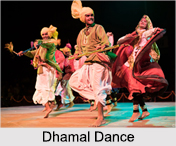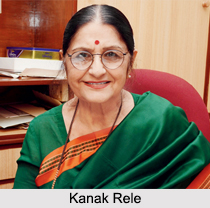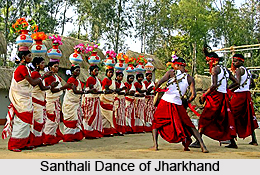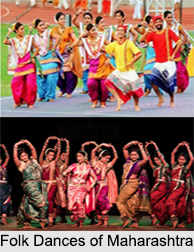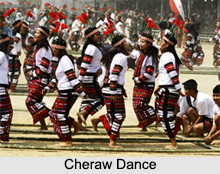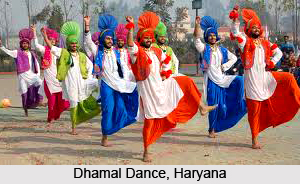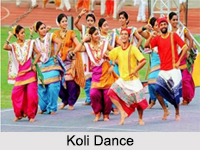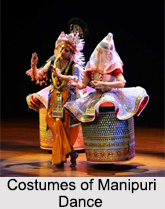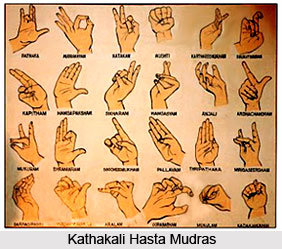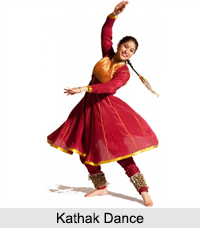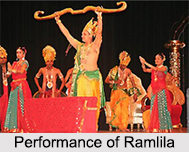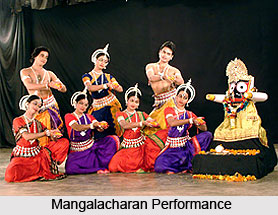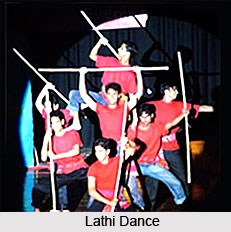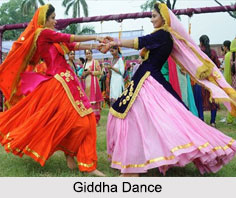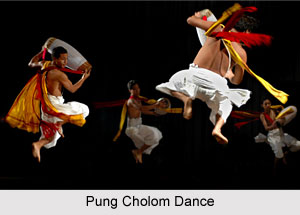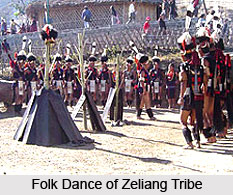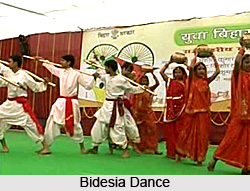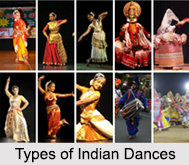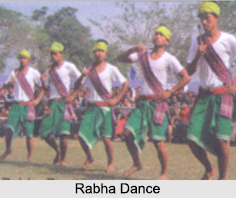Urban-Rural Cultural Flows in Nautanki helps to improve the content and narrative of the plays and scripts. Among the secular theatres of Hindi and Urdu, Nautanki as a traditional theatre may be further distinguished from the modern urban stages found in cities such as Delhi, Lucknow, Jaipur, and Bhopal. The urban stage received its impetus for growth in the nineteenth century when Western theatrical practices were introduced into India through amateur dramatics organized by the British for their own amusement. Colonial educators also influenced the development of Indian theatre by teaching their pupils the classics of Western drama. The modern (post-1850) theatre modelled on these precedents took a number of forms, from the popular commercial stage organized by the Parsi community, to school- and university-based drama clubs, to the urban elite theatre movement. While the Parsi theatre drew on the old repertoire of Indian classics in addition to new social dramas and Western imports, the urban elite theatre in Hindi produced new scripts by Hindi authors as well as translations from important Indian and foreign playwrights. In stagecraft or scenography, acting techniques, and thematic material it emulated the Western theatre, although recently there has been a significant attempt to "Indianize" the urban stage and work out a synthesis with folk traditions, including Nautarikl.
The urban stage is a largely middle-class phenomenon found in the major cities throughout India; in West Bengal and Maharashtra it has enjoyed a broad base of support and flourished for more than a century. For various reasons, the Hindi-speaking area has not proven as fertile a ground for urban elite drama. Only in recent years have several permanent companies grown up in Delhi and the provincial capitals, usually assisted by subsidies from the federal and state governments. One of the factors limiting growth appears to be the relatively slow erosion of agrarian ways of life in this region. The middle-class audience is still somewhat parochial in its tastes, and the artistic gains of the few successful directors are quickly offset by the prevailing preference for cinema and television.
In contrast to the urban stage, the Nautanki theatre relies not on the patronage of a Westernized middle class or on its imported substratum of ideas and texts. Rather it is rooted in the peasant society of pre-modern India. This does not mean that its province is strictly rural or that it is even a village form in the usual sense. Several anthropologists in their studies of North Indian oral culture have not listed Nautanki among the genres mentioned by the village people. Nor is Nautanki related to the seasonal, life-cycle, or devotional rounds of activity that generate many forms of folk poetry. Its actors and musicians are not likely to be represented in a randomly chosen village. Nautanki players are specialists who are recruited primarily from the cities and towns of a given area, from where they move out to tour the countryside.
The rural order with its social, economic, and cultural structures infuses Nautanki; yet its audiences are not limited to the farmers, agricultural labourers, and artisans in the villages. Within towns and cities, communities of working-class migrants are ready listeners for performing troupes. Factory employees, transportation workers, domestic servants, and lower-ranking clerks and salaried personnel, whose manners and allegiances may be relatively untouched by urban life, create the demand in the city itself for more traditional forms of entertainment. In addition, Nautanki, like other public performances in the nineteenth and twentieth centuries, has enjoyed the patronage of the predominantly Hindu mercantile class that emerged in the urban centres as successor to the Mughal and post-Mughal aristocracies, filling their place as cultural guardian.
Although many Nautanki actors are from low castes, the theatre includes a broad range within its personnel. The participation of the artisan castes appears to have been particularly significant. Nautanki is now identified in India as a form of folk theatre.
Nautankis portability allows it to bridge urban and rural folkways and create an interstitial cultural space between categories. Because of its flexible contextual boundaries it is best characterized as an intermediary theatre, in two senses. The first refers to the intermediate level of complexity, as described by Swang and Vatsyayan, between simpler village-based forms and either an elaborate classical or an urban theatre. The second follows from the present discussion, namely that the intermediary theatre functions as a mediating agency between different populations, regions, classes, and ways of life.
